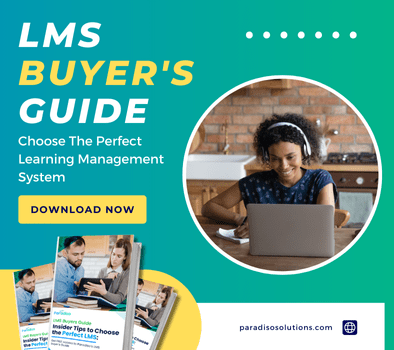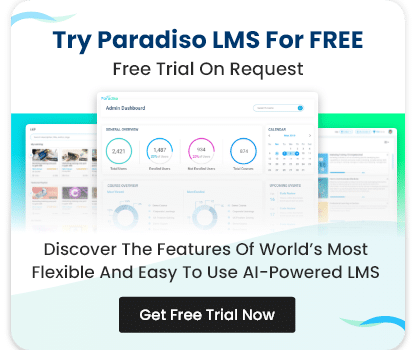In the evolving world of e-learning, achieving SCORM compliance is crucial for platforms to deliver standardized and seamless learning experiences. SCORM, or Sharable Content Object Reference Model, sets the framework for creating content that integrates effortlessly with Learning Management Systems (LMS). Here’s an in-depth guide to ensuring SCORM compliance in your e-learning platform.
As e-learning continues to grow, with diverse organizations and industries adopting digital learning solutions, the demand for SCORM-compliant platforms has surged. Whether it’s a corporate training program, an educational institution’s online curriculum, or professional certification courses, SCORM compliance ensures that the learning content operates consistently, tracks learner progress effectively, and supports a variety of technical environments.
Achieving SCORM compliance also allows e-learning providers to future-proof their platforms. By aligning with these global standards, platforms can stay relevant in the competitive landscape, reduce the complexity of LMS integration, and cater to a broader audience. This checklist serves as a comprehensive guide to the essential requirements for SCORM compliance, helping platform developers and content creators design learning experiences that are not only technically sound but also engaging and effective for learners.

















